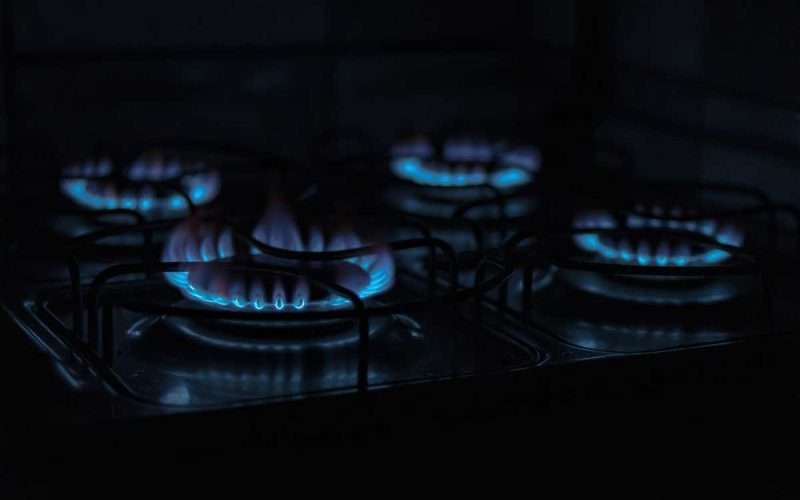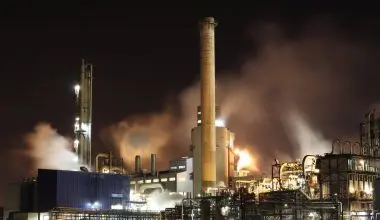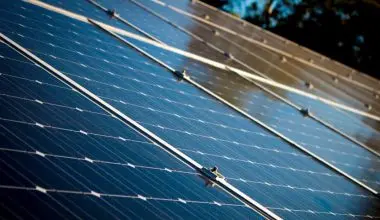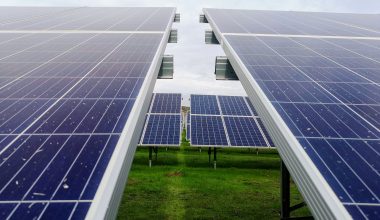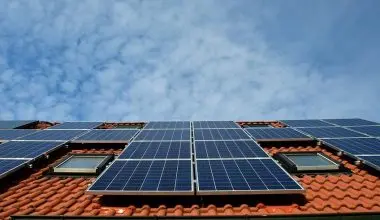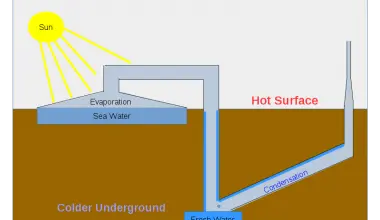Table of Contents Show
Consumers are getting more environmentally conscious and choosing green solutions for their everyday needs. Whether it is for heating houses, outdoor grills, or in-ground tanks, propane is an efficient and safer energy source than electricity and natural gas.
If it is easily available in your area, use propane heating for your home or even for powering your appliances. Do not be worried about its smell that resembles rotten eggs. Propane is naturally odorless and the chemical is put in for detecting gas leaks.
If you opt for propane heating for your house, there are many benefits you will get, apart from playing your part in protecting the environment. Read on to know more about propane gas, its advantages, risks, and how it is a greener fuel.
What Is Propane Heating?
Propane heating is the use of propane gas as an energy source to generate heat for kitchen appliances, boilers, fireplaces, water heater, propane furnace, vents, and more.
It is not just used for indoor heating, but in spas, swimming pools, standby generators, lights, and power grills.
Propane home heating systems are growing in popularity across the world due to their environmental-friendly nature.
How Is Propane Gas Produced?
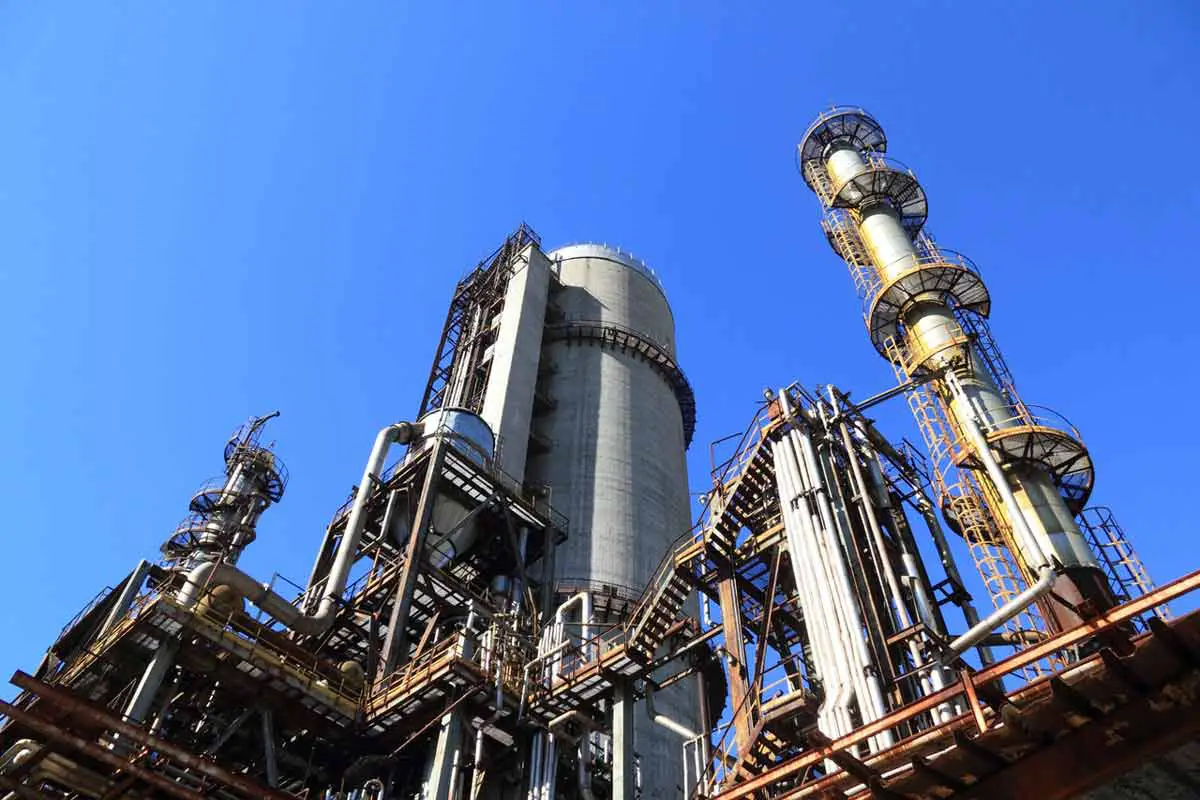
Propane is produced through the processing of natural gas and crude oil refining. It is retrieved from oil and natural gas wells where it is found along with other hydrocarbons.
The liquid components recovered through the process include methane, butane, ethane, and some other heavier hydrocarbons.
Similar to natural gas, propane is odorless and colorless. However, an odor is put in during processing for safety purposes, so it would be easier to detect a leak.
Propane is also referred to as liquefied petroleum gas (LPG) as it is first compressed and then stored in a liquid form. The process of extracting propane gas from crude oil occurs with the help of a distillation tower.
The tower separates it from the raw natural gas with cooling, and pressurization, and then stores it in liquid form in tanks and cylinders. The process ensures that there is accessible storage of the gas, as well as easy shipping and distribution.
Is Propane Heating Safe For The Environment?
A green energy source, propane is known for its non-poisonous and non-toxic properties and it is not harmful to soil or water. It is one of the most efficient and cleanest fuels. Although just like any other gas, it does have significant levels of emissions, along with the efficiency.
However, a propane heating system is safe for the environment because it emits fairly lower amounts of greenhouse gas emissions into the air compared to other fuels. It produces fewer amounts of tailpipe emissions during burning, as compared to petroleum fuels.
Propane gas releases considerably lower levels of carbon dioxide and does not release any wastes like nitrogen oxides, methane, and sulfur dioxide. Due to its lower carbon levels, propane is considered a clean-burning fuel for both prior to and afterward combustion.
Therefore, there is no harmful impact of the fuel on the earth. Propane is a significantly safe fuel option even considering its upstream emissions – factoring in the emissions produced after extracting and processing the gas. Moreover, it does not contain pollutants from other fuels such as diesel and has fewer contaminants in its many applications.
It has been recognized as a clean energy source under the United States’ 1990 Clean Air Act. As per Propane Education and Research Council, propane can overall decrease the emissions of greenhouse gas in the air. It has been used in the US for decades as an environmental-friendly alternative fuel and is a popular option in modern houses.
According to the U.S. Department of Energy, a vehicle with propane fuel produces fewer toxic emissions than those run on diesel or gasoline, also considering the type and drive cycle of the vehicle.
In some US states, residents are offered fuel tax rewards to encourage the use of propane. A large majority of the propane production is done in North America, estimated at over 90% of the United States’ overall supply. The remaining is imported from other countries, namely Mexico and Canada.
What Is Propane Heating Used For?
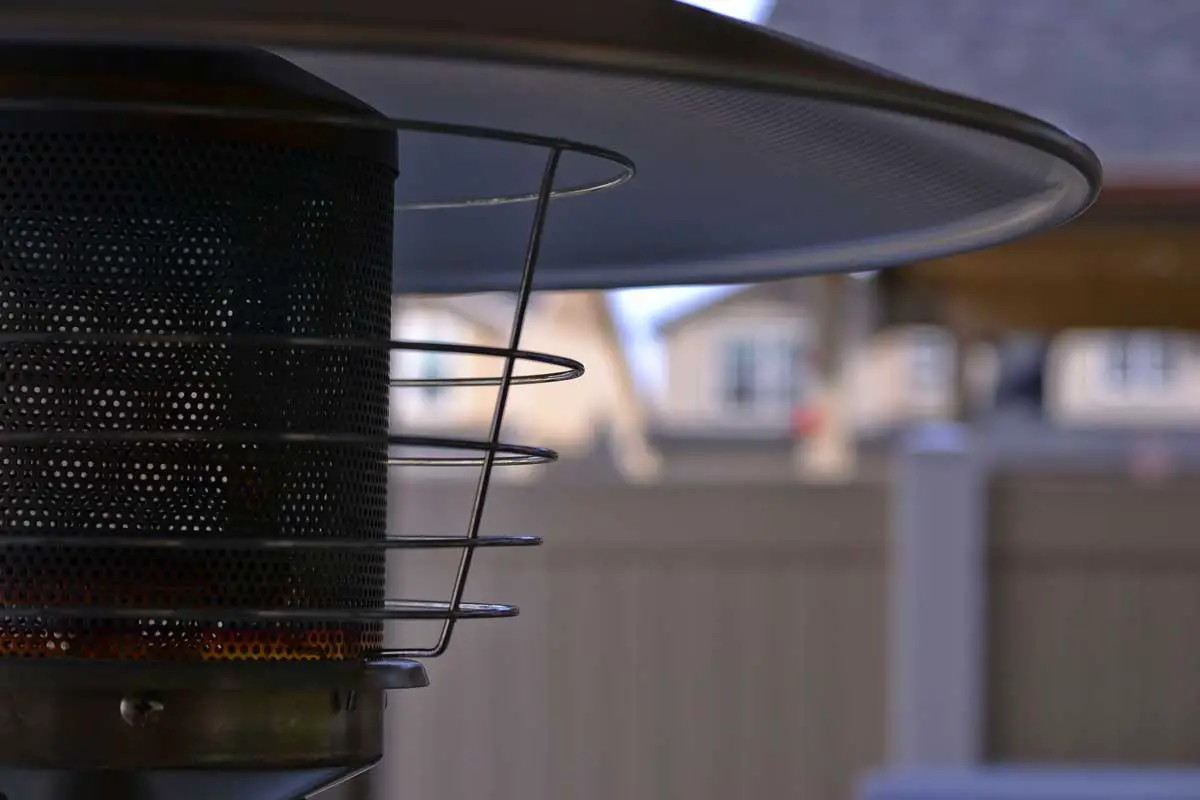
Propane is quite a versatile fuel source and is used both in indoor and outdoor spaces. It is also generally cheaper than electricity and a great option for areas where a natural gas connection is not available or is an expensive approach.
It will provide the same warmth and comfort as that of natural gas and has a better speed of heating and more maintenance of warmth than an electric heater. Some people also use it for oil heating. Natural gas systems combined with hybrid a propane heater that works with the help of an electric heat pump are also being considered by people for their low costs.
The combination of a heat pump with propane heat can be made for a hybrid heating system, a better alternative to electric heat.
The conversion to propane heat is easy and simple and it would only require installations. An expert can help you with the installation process or queries before renting or purchasing a tank of propane.
Many families use propane heaters for their homes and for powering appliances in their homes such as for air conditioning. Propane heating stoves such as for heating oil, water heaters, barbeques, and clothes dryers are also used. You can also get propane heating lamps, propane furnaces, and propane heating fireplaces for an upgraded look to your house.
If you have recently installed propane heating at your house (like outdoors in the picture above), make sure that your appliances are upgraded as some of them may not support propane as an energy source.
A lot of people are opting for making better choices in their life, so it is good to switch to propane if you want to notice energy efficiency in your life and switch from electric heat to propane heat.
Delivery And Distribution Of Propane Gas – The logistics
Propane is delivered and transported as a liquid fuel at extremely cold temperatures throughout the world. It is safe to be shipped through trucks, tankers, railroads, barges, or pipelines.
In contrast to natural gas, which gets transported through a pipeline, propane can be bought from a local supplier contained in propane tanks. Ask them to lend/sell you one or buy your own if you plan to use now and again.
The propane in a liquid state vaporizes and turns into a gas from tubes to power your appliances and supply energy to your heating devices. There is a pressure regulator at the tank or wall to monitor temperatures. Propane is readily available in many areas, and it is a reliable fuel choice with reduced emissions.
In harsh weather conditions, the delivery of propane can get halted, causing a shortage. This usually happens in extremely cold regions. The propane prices also vary based on the storage and distribution type.
The demand and supply of the commodity can also cause the price to fluctuate. Overall, it is not that difficult to get propane transported, except in harsh cold weather.
Propane Heating Tanks For Storage
Propane tanks are used for storing propane in a liquid form. They are available in various sizes according to your consumption requirements. Sizes range from 120 to 1,000 gallons.
The advantage of having a larger tank would allow a bigger energy load as compared to a smaller tank in which less fuel will be vaporized. You need to decide the size based on what you are using the fuel for and how much fuel would you require.
Some homeowners buy their own propane tanks, while others take it on rent from fuel companies. If one can afford the cost upfront, then they should invest in a propane tank of their own to have the freedom to make decisions.
Most residential propane heating tanks are built underground so one can enjoy their yard. However, tanks on rent are installed above ground for easy and affordable installation and removal. Propane tanks also require regular maintenance and if you are buying a new house, get the existing tank checked by a fuel expert.
They need to be inspected for security concerns and given certification after the check. The timely checks will ensure that a person gets an efficient delivery of fuel to their appliances in a safe and secure way.
Health Hazards Of Propane Gas – Is it safe to use indoors?

While there may be many advantages to propane heaters, there are some safety risks involved. Propane gas is available in workplaces or homes, so anyone can come in contact with it.
The vapor of propane gas is not toxic but it can be harmful to humans if they are exposed to the gas only in high concentrations. Propane is asphyxiating, which means if a person swallows or breathes it, they can have trouble breathing. This is because the gas takes the place of oxygen in the lungs.
It is advisable to take the affected person into an emergency if they have inhaled a serious amount of gas. They might experience dizziness, suffocation, headaches, disorientation, nausea, and in extreme cases heart attack and seizures.
It is also extremely flammable which means if a person takes it in, it can potentially be a fire hazard. It can cause frostbite if there is continuous physical contact with the skin.
Even in exposure to lower concentrations, there is a risk of failure and physical damage to the lungs, nervous system, and eyes.
Before installing a propane system for heating, make sure to go over the safety protocols and necessary precautions to avoid any mishaps such as a propane leak.
The vapors of the propane can accidentally ignite, so there should be regular checks on the proper storage of flammable liquids. The vapors of propane weigh more than air so they have the ability to settle at a lower ground level such as in basements.
There should be carbon monoxide detectors installed if you are using propane heat systems. Mostly, carbon dioxide is a dangerous risk and can be poisonous when fuels are being burned.
The detectors should be installed at lower as well as higher points on the walls in a house that uses propane heating. Propane detectors also help detect when there is a presence of propane vapors in the air.
With the odorants and chemicals added to propane, you can tell when you smell a gas leak. In case of an alarm or smell of gas, evacuate your house and go outside. You should call emergency numbers on your number’s phone.
Uses Of Propane Gas

Propane is used for waste treatment, weed control, and crop drying on farms. Fossil fuel is used for industrial purposes like powering small turbines that generate electricity for houses or commercial buildings.
Propane fuel is used in large commercial vehicles and construction equipment of businesses. It is also used in powering street sweepers, police cars, and buses in developed countries.
Propane is easily accessible in the U.S and other western countries, but then there is limited infrastructure to support its function as a fuel in vehicles.
A custom-built vehicle running on propane will be quite expensive, costing a few thousand dollars more than a normal vehicle would cost. However, propane is generally less expensive and with the use of system retrofitters, any light or heavy-duty traditional vehicle can be converted to using propane as a fuel source.
Propane has a lower risk of potential damage and engine knocking because it has a higher octane rating compared to gasoline. However, propane has a reduced BTU (British thermal unit), meaning it has a lesser energy per unit of volume as compared to gasoline.
This means that propane also has a reduced fuel economy. The engines of propane vehicles have a longer life than those of gasoline.
Propane Costs For Home Heating
To determine propane home heating costs, you first have to find out the cost of a gallon of propane in your area. You can also do additional research on the internet or by calling local distributors of propane.
Propane home heating costs would vary according to the season, similar to prices of other fuels such as gasoline. Your climate zone would also be a factor in determining the costs.
Generally, heating estimates can be based on three major climate types: mild, moderate, to severe. In zones with mild climates, the lowest average temperature would be 30 degrees Fahrenheit (F).
For moderate climate regions, the range would be from the lowest 30 degrees F to 0 degrees F. As for states in severe climate zones, the lowest would be -10 degrees F and the highest temperature would be -50 degrees F.
It would require approximately 1.5 billion BTUs of propane to heat a 1500-square-foot house per month in a mild climate. The 2022 average cost per gallon of propane gas is $2.98. According to the current rate, it would cost approximately $59 per month to heat a house with propane.
A house of the same size in a moderate climate, would require 3.12 million BTUs each month and cost around $118. In a severe climate area, it would need over 5.3 million BTUs every month with a cost of $199 to heat the house.
A Step Towards Greater Sustainability
There is a more renewable and sustainable type of propane that is produced from purely sustainable raw materials. The chemical and physical components of this source are similar to conventional propane.
It is made using biomass-based feedstocks which include animal fats, cooking oil, or 20% dimethyl ether. There are not many producers of renewable propane currently and its production is limited to biodiesel refineries in the USA.
Propane heat is great for taking steps in the right direction to do good for the planet. It is a versatile, efficient, and readily available option and is soon becoming a popular fuel choice for heating systems.
However, it may bring more efficiency in your lifestyle than electricity or natural gas, it is not renewable. There are many other renewable sources of energy that can be used, such as a wood-burning stove or solar energy.
It is all about expanding your knowledge to see how you can improve your lifestyle and also caring about the environment.
